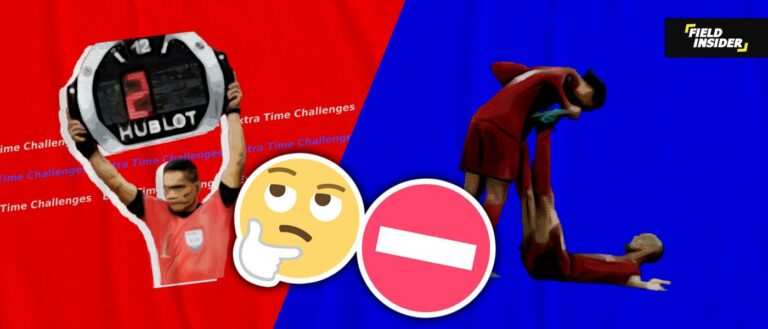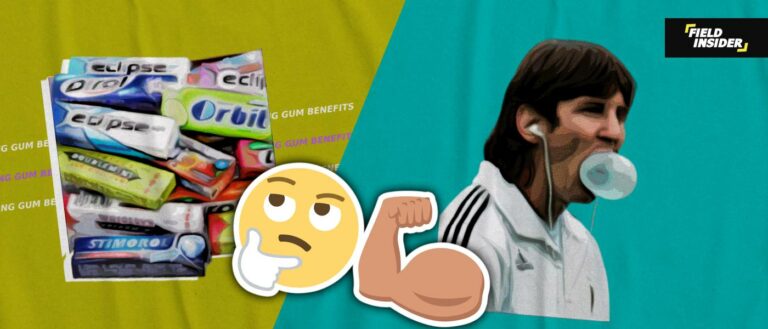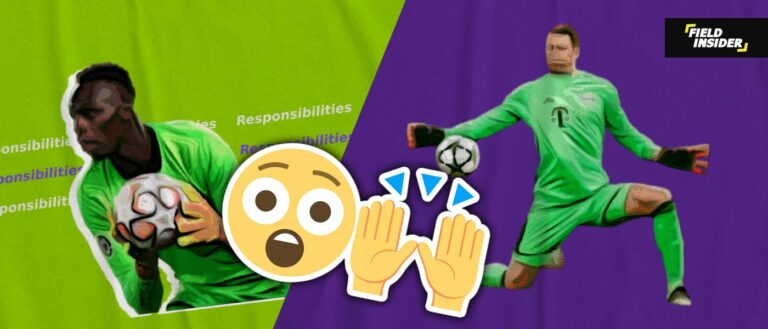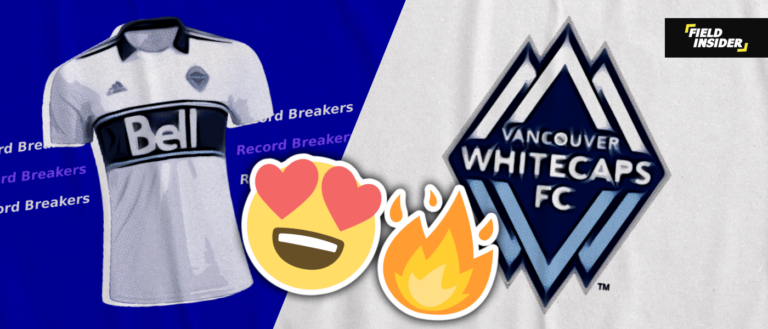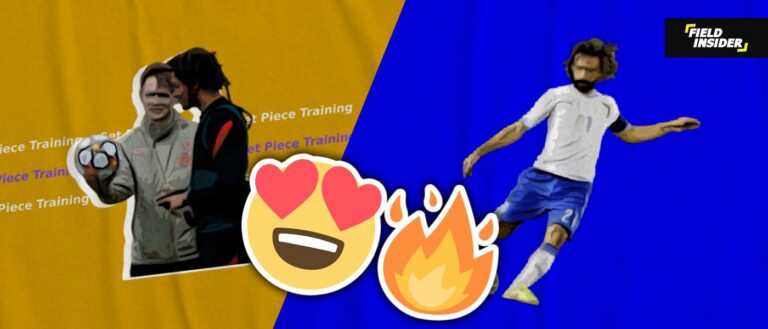What Is The Route-One Tactical Style? A Football Guide
The Route-One tactical style in soccer is characterized by its straightforward approach of deploying long balls from defense to attack. It represents a fascinating chapter in the strategic playbook of the beautiful game.
This tactic, bypasses the midfield to exploit the attacking strengths of physical forwards and aerial prowess. Understanding the nuances of Route-One highlights the importance of tactical diversity in achieving success on the field.
This article aims to provide an in-depth exploration of the Route-One style, tracing its origins, evolution, and current relevance in modern soccer. This article also offers insights into its advantages, limitations, and implementation.
Key Takeaways
| Aspect | Details |
|---|---|
| Route-One Soccer | Emphasizes long balls from defense to attack, bypassing midfield. |
| Historical Context | Associated with English football, with teams like Wimbledon FC and Stoke City showcasing its effectiveness. |
| Modern Relevance | Still utilized as a primary or secondary strategy by teams for a pragmatic approach. |
| Advantages | Offers simplicity, efficiency, and can surprise opponents unprepared for direct play. |
| Limitations | Can be predictable and less effective against teams adept at defending long balls. |
| Tactical Analysis | Relies on accurate long passes, aerial dominance, and quick transitions to offense. |
| Coaching Tips | Focus on developing players’ ability to execute long passes and win aerial duels. |
| Balancing Tactics | Incorporating Route-One tactics with other strategies to ensure versatility and unpredictability. |
What Is the Route-One Tactical Style?
Emphasizes Long Balls from Defense to Attack
The Route-One tactical style is synonymous with the strategic use of long balls directly from defense towards the attacking players, notably bypassing the midfield battle.
This approach leverages the physicality and aerial prowess of forwards to gain a territorial advantage, creating immediate scoring opportunities. It’s a method that prides itself on efficiency and directness. It offers a stark contrast to the possession-based styles that dominate the modern game.
Bypassing Midfield
Bypassing the midfield allows teams to exploit space behind the opposition’s defensive line rapidly, making it particularly effective against teams that press high up the pitch. This tactic minimizes the risk of losing possession in midfield and leverages the chaos that can ensue from a well-placed long ball.
It requires players with specific skill sets, including defenders capable of accurate long-range passing and attackers adept at controlling long passes and winning aerial duels.
Historical Context of route-one tactical style
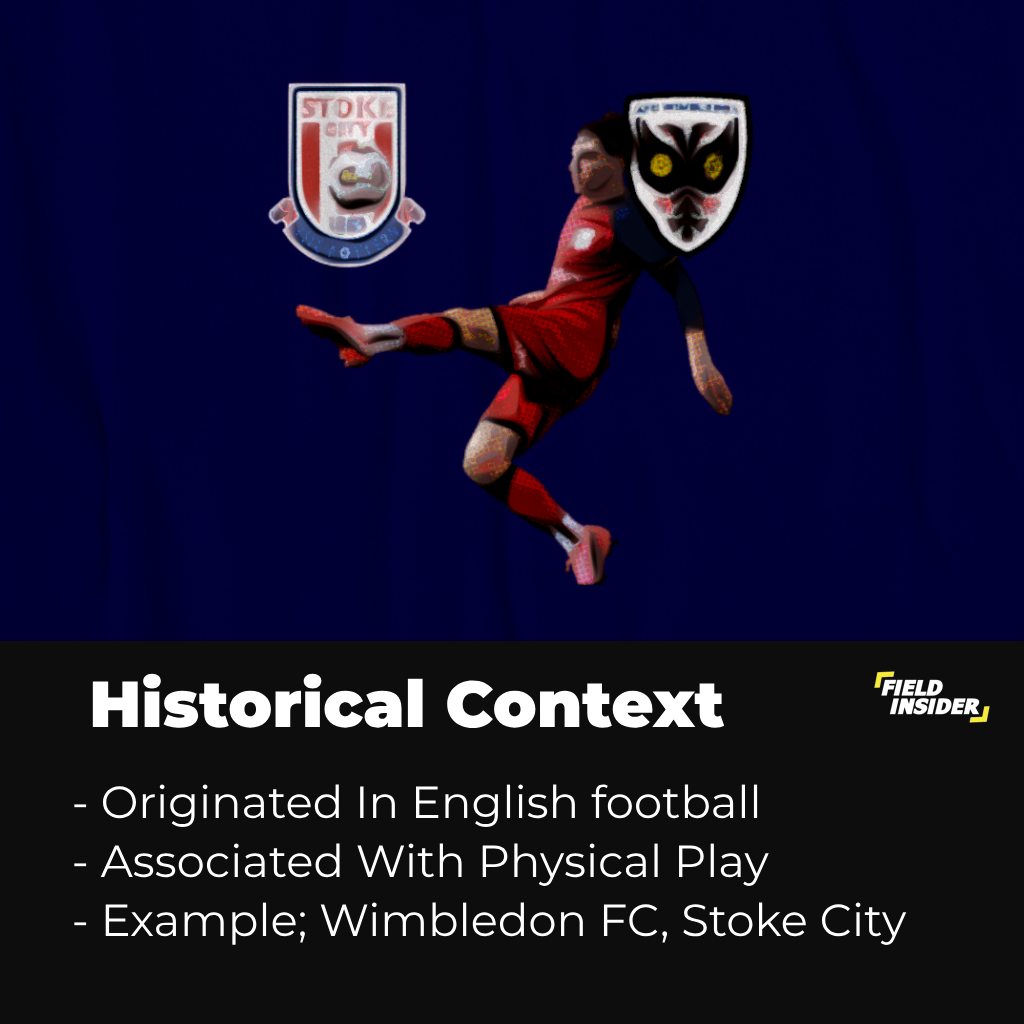
Associated with English Football
The Route-One approach has deep roots in English football, where it gained prominence as a practical and effective tactic among teams looking for competitive edges.
Historically, this style was not just a reflection of tactical preference but also a manifestation of the physical, fast-paced nature of English soccer. Clubs like Wimbledon FC in the 1980s and Stoke City under Tony Pulis in the late 2000s became iconic for their successful application of Route-One tactics.
Teams like Wimbledon FC and Stoke City
Wimbledon FC, known as the “Crazy Gang” for their fighting spirit and unconventional tactics, and Stoke City under Pulis, exemplified Route-One soccer’s potential to disrupt the traditional soccer hierarchy.
These teams leveraged long balls, physical prowess, and exceptional aerial ability to secure wins and frustrate opponents.
Their success stories serve as testament to the strategy’s effectiveness. This showed how well-drilled units could use it to overcome technically superior opposition.
The Role of the Route-One tactical Style in Modern Soccer
Despite the evolution of soccer towards a more possession-based style, the Route-One approach maintains its relevance. It offers a contrasting strategy for teams that might lack the technical prowess of their opponents.
Still Utilized as a Primary or Secondary Strategy
In the modern era of soccer, where tactical flexibility and innovation are paramount, the Route-One approach maintains its relevance as both a primary and secondary strategy for teams.
This tactic is particularly useful for teams that may not possess the technical skills to dominate possession but can leverage physicality and direct play to challenge opponents. It’s seen as a pragmatic approach, especially in match situations where breaking down well-organized defenses through intricate passing is challenging.
For a Pragmatic Approach
The pragmatic application of Route-One soccer in the current game underscores its utility in diverse tactical scenarios. Teams often revert to this style when looking to protect a lead or exploit the aerial weaknesses of their opponents.
It serves as a testament to soccer’s tactical diversity, where different approaches can coexist and be effective in the right contexts. This adaptability ensures that Route-One remains a viable strategy that can surprise and unsettle even the most technically proficient teams.
Advantages of route-one tactical style

Offers Simplicity, Efficiency, and Can Surprise Opponents
The Route-One style is hailed for its simplicity and efficiency, stripping down complex tactical play to its bare essentials. This approach doesn’t require intricate passing networks or prolonged possession phases, making it accessible for teams with varying skill levels.
Its straightforward nature can catch opponents off guard, especially those unfamiliar to defending against direct and aerial threats. This element of surprise is a significant advantage, as it allows teams to exploit momentarily lapses in concentration or positioning by the opposition.
Unprepared for Direct Play
Teams unprepared for direct play often find themselves at a disadvantage against Route-One tactics. The abrupt shift from a possession-based game to defending long balls can disrupt defensive structures, creating opportunities for the attacking team.
This tactic capitalizes on the chaos and confusion that can arise from a well-executed long ball, leading to scoring opportunities that might not exist in a more structured play. The ability to transition quickly from defense to attack makes Route-One a valuable strategy in soccer.
Dominating the Skies: The HOPS Factor in Route One Football
In the tactical playbook of football, the Route One style is synonymous with direct play. It often involves launching long, aerial balls towards a physically dominant forward who can hold up play or create scoring opportunities.
The effectiveness of this strategy hinges on the aerial prowess of the striker, a quality that Statsbomb now measure with their innovative HOPS (Handling, Operating, Playing, Scoring) metric.

The bar chart highlights the HOPS scores of the top five strikers, measuring their aerial duel win rates on a 0 to 1 scale. Milan Đurić leads with a 0.83 score, indicating an 83% win rate in aerial challenges—ideal for Route One football’s direct play style.
Ko Miyazaki and Zlatan Ibrahimović also show significant aerial strength with scores of 0.75 and 0.73, essential for overcoming midfield battles with long balls. Matt Smith and Rudy Gestede complete the top five, both excelling in air, pivotal for turning long passes into scoring opportunities.
The bar chart underscores the importance of these players and their specialized skill set. This skill set makes them invaluable assets in the physically demanding, aerially dominated world of Route One football.
Limitations of route-one tactical style
Can Be Predictable and Less Effective Against Teams Adept at Defending Long Balls
The Route-One strategy, while effective under certain circumstances, can become predictable if overused. Teams that rely heavily on this approach may find their tactics neutralized by opponents who are well-prepared to defend against long balls.
Defenders who excel in aerial duels can significantly diminish the effectiveness of Route-One soccer. Similarly, goalkeepers comfortable coming off their line to intercept or clear the ball further reduce its impact. This predictability can lead to a lack of tactical flexibility, making it easier for opponents to devise counter-strategies.
Less Aesthetically Pleasing
Critics often point out that Route-One soccer is less aesthetically pleasing compared to more intricate, possession-based styles. The emphasis on long balls and physical duels over technical skill and creative playmaking can detract from the visual appeal of the game for some fans and purists.
This perception can influence the way teams are viewed, with those employing Route-One tactics sometimes labeled as lacking sophistication or finesse in their approach to the game.
Tactical Analysis

Relies on Accurate Long Passes, Aerial Dominance, and Quick Transitions to Offense
The tactical foundation of Route-One soccer hinges on the ability to execute accurate long passes from defense towards the attacking players, who must possess strong aerial dominance.
This strategy is designed to quickly transition from defense to offense, exploiting the space behind opposing defenses.
The effectiveness of this tactic hinges on the precision of the long balls. Additionally, it relies on the attacking players’ ability to win aerial battles, hold up play, or flick the ball towards teammates in advantageous positions.
Exploiting Specific Moments in the Game
A critical aspect of Route-One soccer is its focus on exploiting specific moments during a match.
Whether it’s capitalizing on the opposition’s defensive lapses or taking advantage of weather conditions that hinder intricate passing games, Route-One teams must identify and leverage these opportunities to maximize their tactical approach.
This style of play demands high levels of concentration and decision-making from players, as the timing of long balls and runs into space can be decisive in creating scoring opportunities.
Coaching and Training
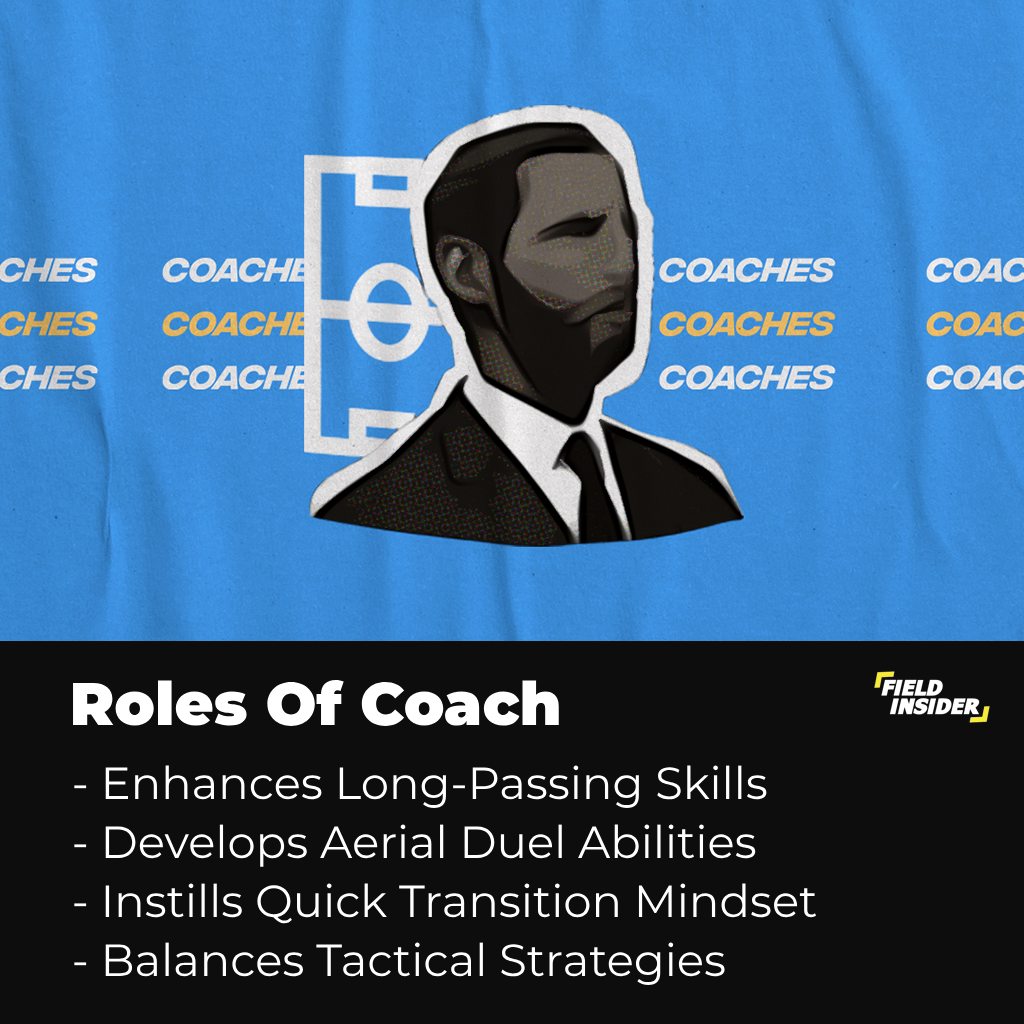
Focus on Developing Players’ Ability to Execute Long Passes and Win Aerial Duels
Effective Route-One soccer begins with specialized coaching and training techniques focused on enhancing players’ long-passing abilities . Coaches must prioritize drills that improve the accuracy and range of players’ passes. It ensures that the player can consistently deliver long balls from deep positions to the attacking third.
Simultaneously, training sessions must include exercises designed to strengthen players’ aerial skills, both in terms of attacking headers and defensive clearances. This dual focus ensures that a team can effectively implement the Route-One strategy.
Instilling a Mindset for Quick Transitions
Another critical aspect of coaching Route-One soccer involves instilling a mindset geared towards recognizing and exploiting opportunities for quick transitions. Players must be trained to anticipate the play’s progression, moving swiftly from defensive stances to attacking positions as soon as the ball is won.
Coaches play a pivotal role in developing this tactical awareness. They guide players through scenarios in training that mimic match conditions where Route-One tactics could be decisive.
Conclusion
In conclusion, the Route-One tactical style remains a viable and strategically valuable approach in the diverse landscape of modern soccer. Despite its predictability and aesthetic criticisms, Route-One can, nevertheless, surprise opponents. This is particularly true for teams that may lack technical finesse but compensate with physicality and tactical discipline.
As soccer continues to evolve, the Route-One approach serves as a reminder of the sport’s tactical depth, highlighting the importance of adaptability and strategic diversity.




